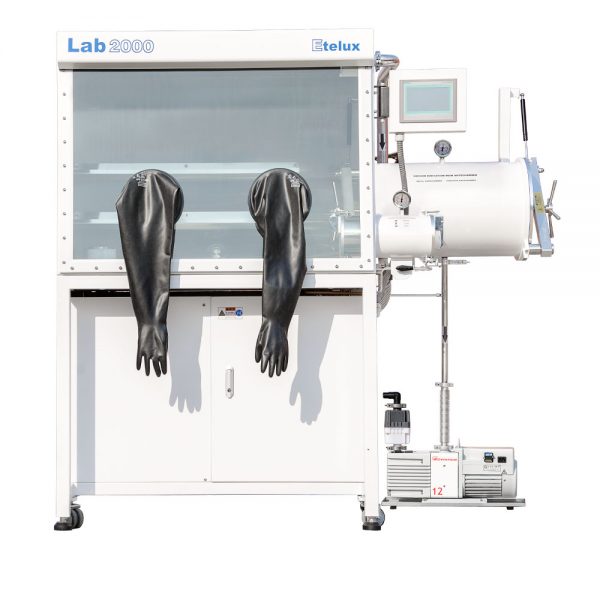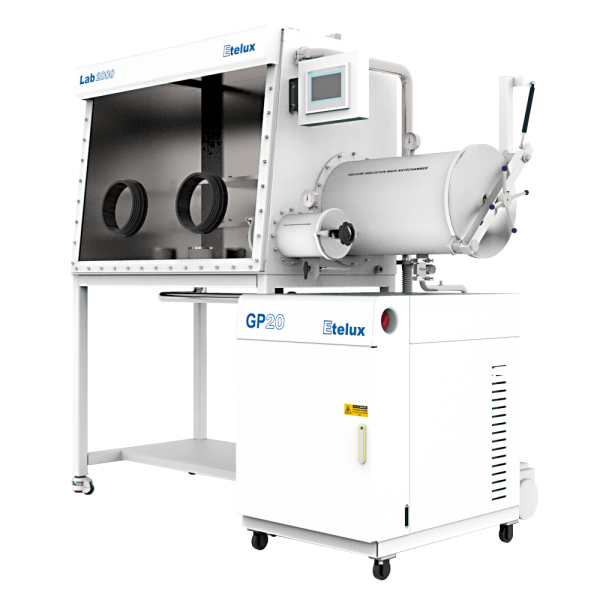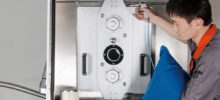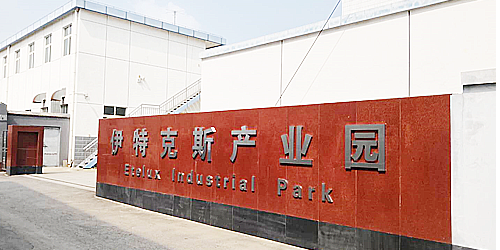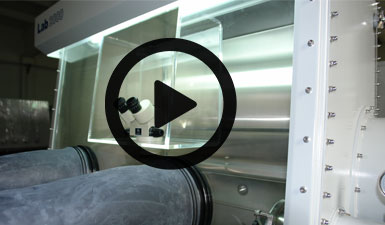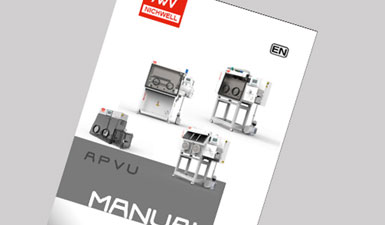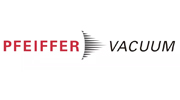High vacuum coating machine, coating machine is currently making the most widely used equipment for vacuum conditions. Its related composition and each part: mechanical pumps, booster pumps, oil diffusion pumps, condensation pumps, vacuum measurement system.
The following is a detailed description of the composition and working principle of each part.
First, the vacuum body – vacuum cavity
According to the different requirements of processing products, the size of the vacuum cavity is not the same, the most widely used diameter 1.3M, 0.9M, 1.5M, 1.8M, etc., the cavity made of stainless steel, stainless steel, solid, etc., the vacuum cavity of each part of the connecting valves, used to connect the pumping pumps.
Auxiliary pumping system
This exhaust system uses “diffusion pump + mechanical pump + Roots pump + low temperature cold trap + polycold” composition.
The exhaust process is: mechanical pump will first pump the vacuum cavity to less than 2.0 * 10-2PA low vacuum state, for the diffusion pump to provide the prerequisite for the subsequent vacuum pumping, and then when the diffusion pump to pump the vacuum cavity, the mechanical pump with the oil diffusion pumps composed of tandem, in this way to complete the pumping action.
The exhaust system is an important part of the vacuum system of the coating machine, which is mainly composed of mechanical pump, booster pump (mainly introducing Roots pump) and oil diffusion pump.
Mechanical pump: also called fore stage pump, mechanical pump is one of the most widely used low vacuum pumps, which uses oil to keep the sealing effect and relies on mechanical methods to constantly change the volume of suction cavity in the pump, so that the volume of gas in the pumped container expands continuously to obtain vacuum. There are many kinds of mechanical pumps, the commonly used ones are slide valve type (which is mainly used in large-scale equipment), piston reciprocating type, fixed-vane type and rotary-vane type (which is the most widely used at present and is mainly introduced in this paper).
Mechanical pumps are often used to pump out dry air, but can not pump out the oxygen content is too high, explosive and corrosive gases, mechanical pumps are generally used to pump out permanent gases, but no good effect on the water, so it can not be pumped out of water. Rotary vane pumps play a major role in the components are the stator, rotor, shrapnel, etc., the rotor in the stator, but with the stator is not a different axis, like two tangent circle, the rotor groove is equipped with two pieces of shrapnel, the two shrapnel is equipped with a spring in the middle of the two shrapnel to ensure that the shrapnel is tightly adhered to the stator’s inner wall.
Its two shrapnel alternately play two roles, on the one hand, from the inlet suction into the gas, on the other hand, has been sucked into the gas compression, the gas will be discharged out of the pump. The pump completes two suction and two exhausts for every one week of rotor rotation. When the pump rotates continuously clockwise, the rotary vane pump continuously sucks in gas through the inlet port and continuously discharges the gas from the exhaust port, realizing the purpose of pumping gas to the container. In order to improve the ultimate vacuum of the pump, the stator of the pump is immersed in oil so that the gap in each place and the harmful space inside often keep enough oil to fill the gap, so the oil on the one hand plays a lubricating role, on the other hand, it also plays a role in sealing and blocking the gap and the harmful space to prevent gas molecules from flowing back to the space of the low pressure through a variety of channels.
Mechanical pump is working from the atmosphere, its main parameters are ultimate vacuum, pumping rate, which is an important basis for the design and selection of mechanical pumps. Single-stage pump can pump the container from the atmosphere to the
1.010-1PA ultimate vacuum, two-stage mechanical pump can pump the container from atmosphere to 6.710-2 Pa or even higher.
The pumping rate, which is the volume of gas that can be discharged per unit of time when the rotary vane pump is operating at its rated rpm, can be calculated using the following formula:
Sth=2nVs=2nfsL
fs indicates the cross-sectional area of the cavity at the end of suction, L indicates the length of the cavity, the coefficient indicates that the rotor has two exhaust processes for every one-week rotation, and Vs indicates that the suction ends when the rotor is in the horizontal position, at which time the volume in the cavity is maximum, and the rotational spe
Worldwide shipping
Shipping & Returns

